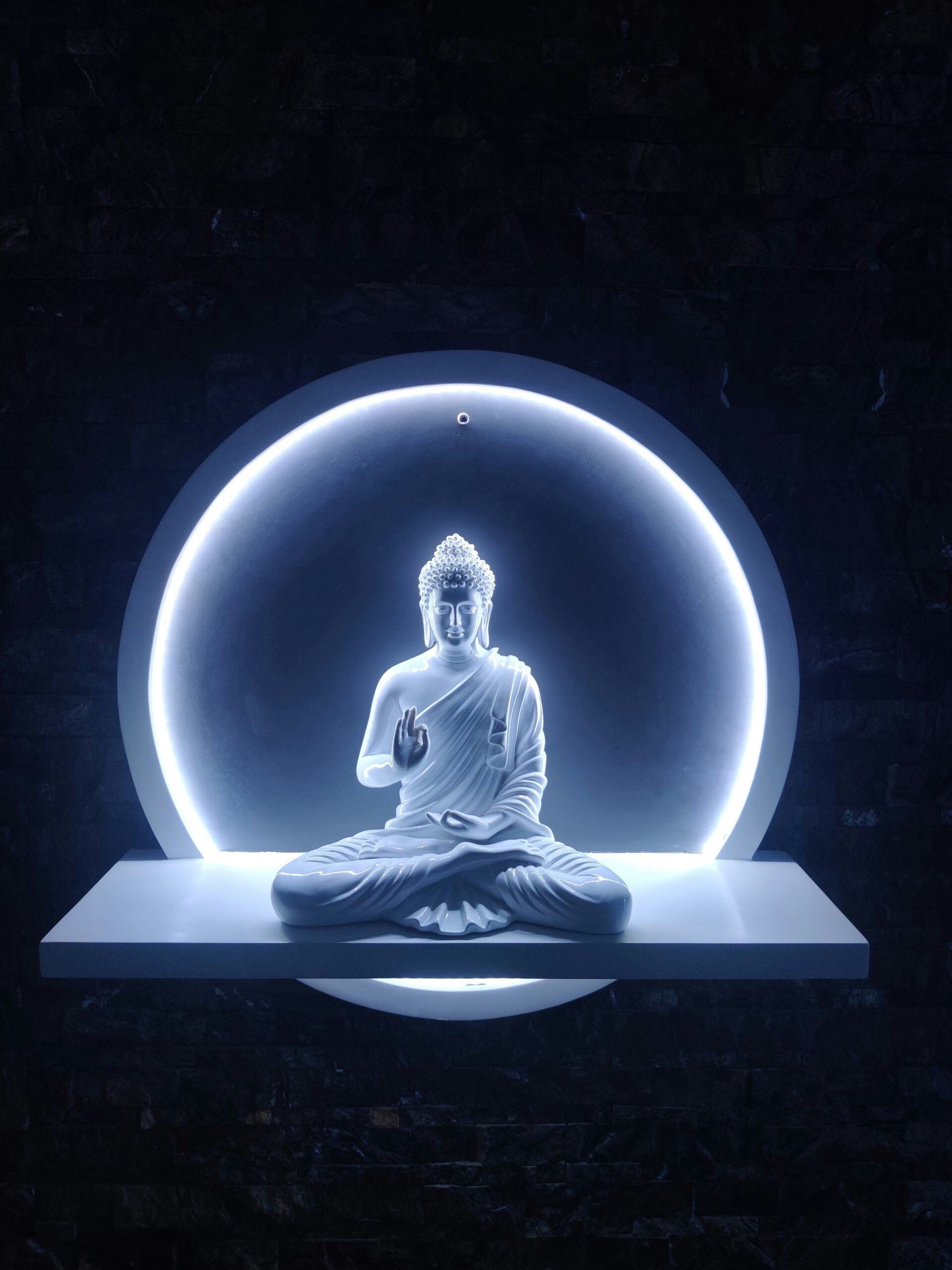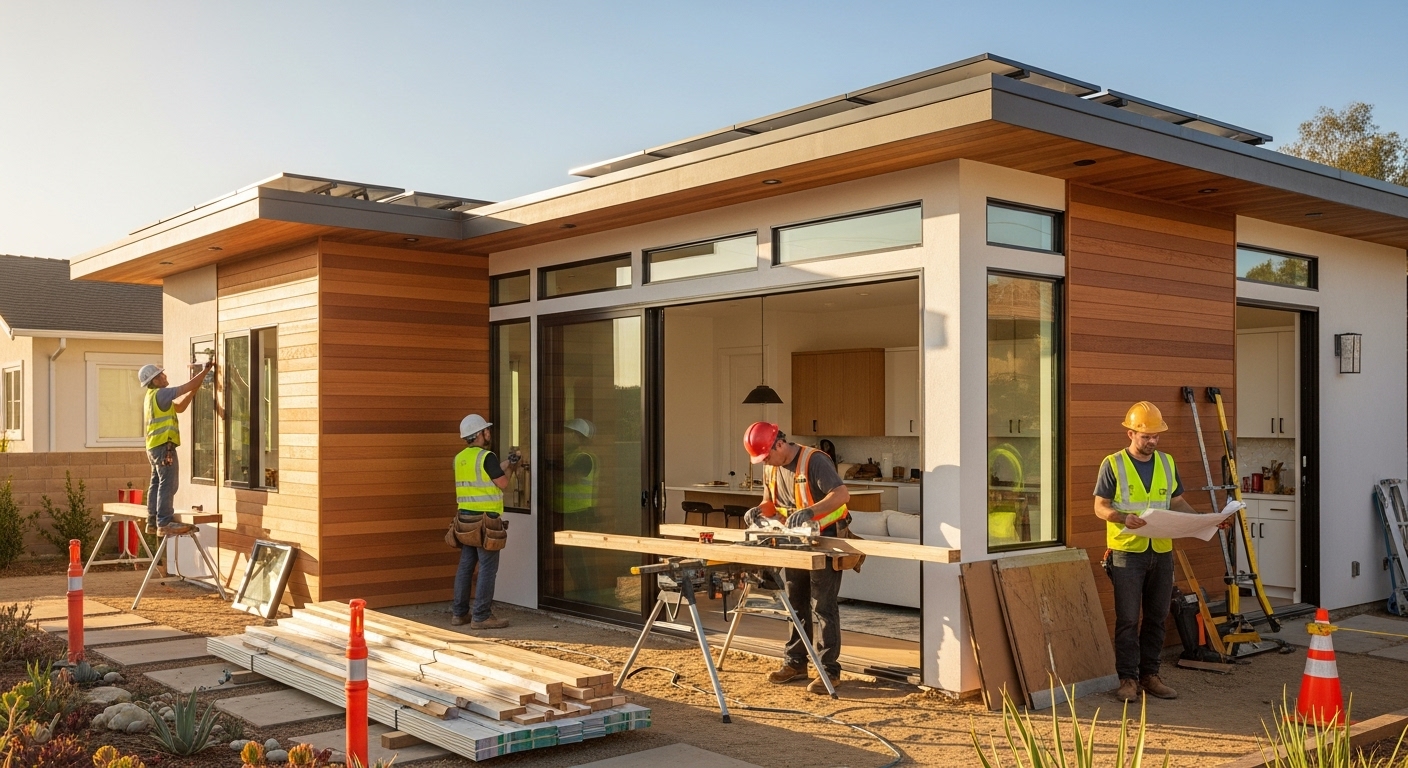If you’re seeking a travel experience that blends spirituality, culture, and community, exploring Buddhist Festivals in India offers a deeply enriching journey. India, the birthplace of Buddhism, hosts a vibrant calendar of festivals that honor the life and teachings of Gautama Buddha. These celebrations are not just religious events—they are expressions of peace, compassion, and timeless wisdom.
From serene prayer ceremonies in monasteries to colorful cultural performances in Himalayan valleys, Buddhist festivals in India invite travelers to witness devotion in its most graceful form. Whether you’re a pilgrim, a spiritual seeker, or a curious explorer, these festivals offer insight, inspiration, and unforgettable memories.
🧘 What Makes Buddhist Festivals in India So Special?
Buddhist festivals are rooted in centuries-old traditions and teachings. Here’s why they stand out:
- Spiritual Depth: Each festival reflects core Buddhist values—compassion, mindfulness, and non-violence.
- Cultural Diversity: Celebrations vary across regions, showcasing Tibetan, Theravada, and Mahayana influences.
- Community Spirit: Monks, nuns, lay followers, and tourists come together in harmony.
- Peaceful Atmosphere: Unlike loud or commercialized events, Buddhist festivals are calm, reflective, and inclusive.
- Scenic Settings: Many festivals take place in monasteries, mountain valleys, and sacred sites.
Whether you’re lighting butter lamps in Ladakh or chanting sutras in Bodh Gaya, every moment feels sacred.
🗓️ Major Buddhist Festivals in India
Here’s a curated list of the most celebrated and spiritually significant Buddhist festivals across India:
1. Buddha Purnima (Vesak)
The most important Buddhist festival:
- Celebrates the birth, enlightenment, and Mahaparinirvana of Gautama Buddha
- Observed on the full moon day in April–May
- Celebrations in Bodh Gaya, Sarnath, Kushinagar, and across monasteries
- Includes prayer meetings, sermons, meditation, and offerings
Buddha Purnima is central to all Buddhist Festivals in India, drawing pilgrims from around the world.
2. Hemisphere Festival (Ladakh)
Held at Hemis Monastery near Leh:
- Celebrates the birth of Guru Padmasambhava, founder of Tibetan Buddhism
- Features masked dances (Cham), music, and rituals
- Held in June–July, attracting thousands of visitors
- Monks perform spiritual dramas depicting good vs. evil
This festival is a vibrant blend of spirituality and Himalayan culture.
3. Losar (Tibetan New Year)
Celebrated in Tibetan Buddhist communities:
- Marks the beginning of the lunar calendar (Feb–March)
- Observed in Ladakh, Dharamshala, Sikkim, and Arunachal Pradesh
- Includes prayers, dances, feasts, and family gatherings
- Monasteries are decorated with colorful flags and butter lamps
Losar reflects joy, renewal, and gratitude.
4. Kalachakra Festival
A rare and powerful spiritual event:
- Focuses on the Kalachakra Tantra, a complex Buddhist teaching
- Often led by His Holiness the Dalai Lama
- Held in Bodh Gaya or other sacred sites when announced
- Includes initiations, teachings, and mass meditations
This festival attracts global followers and spiritual seekers.
5. Thiksey Gustor Festival (Ladakh)
Held at Thiksey Monastery:
- Features Cham dances, rituals, and symbolic destruction of evil
- Celebrated in October–November
- Monks wear elaborate masks and costumes
- Visitors witness deep spiritual symbolism and community bonding
Gustor festivals are also held in other monasteries like Spituk and Karsha.
6. Torgya Festival (Arunachal Pradesh)
Celebrated at Tawang Monastery:
- Held in January to ward off evil and bring prosperity
- Includes colorful dances, rituals, and offerings
- Monks perform masked dances and chant sacred texts
- Local communities participate with joy and reverence
Torgya is a beautiful example of Himalayan Buddhist traditions.
7. Saga Dawa (Sikkim)
Observed in May–June:
- Commemorates Buddha’s birth, enlightenment, and death
- Celebrated with prayers, butter lamps, and processions
- Monasteries like Rumtek and Pemayangtse host special ceremonies
- Devotees engage in acts of kindness and generosity
Saga Dawa is a quiet, reflective festival that emphasizes compassion.
📍 Where to Experience Buddhist Festivals in India
India’s Buddhist festivals are celebrated across diverse regions. Here are key destinations:
| Region | Key Sites |
| Bihar | Bodh Gaya, Nalanda, Rajgir |
| Uttar Pradesh | Sarnath, Kushinagar |
| Himachal Pradesh | Dharamshala, McLeod Ganj |
| Ladakh | Hemis, Thiksey, Diskit |
| Sikkim | Gangtok, Rumtek, Pemayangtse |
| Arunachal Pradesh | Tawang, Bomdila |
| Maharashtra | Deekshabhoomi (Nagpur), Ajanta Caves |
| West Bengal | Kalimpong, Darjeeling |
Each destination offers a unique blend of spiritual depth and cultural richness.
📅 Best Time to Attend Buddhist Festivals
Planning your visit around festival dates enhances your experience:
- April–May: Buddha Purnima and Saga Dawa
- June–July: Hemis Festival and Kalachakra (when held)
- October–November: Gustor Festivals
- January–February: Losar and Torgya
Always check local calendars and monastery announcements for exact dates.
💡 Tips for Attending Buddhist Festivals
To make the most of your spiritual journey, keep these tips in mind:
- Dress Modestly: Respect local customs by wearing simple, covered clothing.
- Maintain Silence: Many rituals require quiet observation and mindfulness.
- Engage Respectfully: Ask before photographing monks or ceremonies.
- Learn the Basics: Understanding Buddhist principles enhances appreciation.
- Support Local Communities: Buy local crafts, eat at community kitchens, and donate mindfully.
🚗 How to Reach Festival Destinations
Most Buddhist festival hubs are well-connected:
- By Air: Airports in Gaya, Varanasi, Leh, Bagdogra, and Guwahati.
- By Train: Railheads in Bodh Gaya, Sarnath, and Nagpur.
- By Road: Scenic drives to monasteries in Ladakh, Sikkim, and Arunachal.
Many spiritual tour packages include transport, accommodation, and guided experiences.
🌟 Why Buddhist Festivals in India Are Worth Experiencing
These festivals offer more than just cultural spectacle—they offer transformation. Here’s what makes them truly special:
- Spiritual Awakening: Feel the energy of collective prayer and meditation.
- Cultural Immersion: Witness traditions passed down through generations.
- Global Harmony: Meet pilgrims and seekers from around the world.
- Inner Peace: Find moments of stillness, clarity, and connection.
Whether you’re lighting a butter lamp or listening to sacred chants, every moment feels meaningful.
🧭 Offbeat Buddhist Festivals for Curious Travelers
If you prefer quiet, lesser-known celebrations, consider these:
- Deekshabhoomi Day (Nagpur): Commemorates Dr. B.R. Ambedkar’s conversion to Buddhism.
- Sankissa Festival (Uttar Pradesh): Celebrates Buddha’s descent from heaven.
- Vaishali Mahotsav (Bihar): Honors ancient Buddhist heritage.
- Bomdila Festival (Arunachal Pradesh): Local Buddhist rituals and cultural performances.
These festivals offer authenticity, solitude, and deep spiritual resonance.
Final Thoughts
Buddhist Festivals in India are not just events—they’re invitations to pause, reflect, and reconnect. Whether you’re walking in a candlelit procession, meditating in a monastery, or simply observing the grace of a masked dance, these festivals offer a rare blend of peace and celebration.






